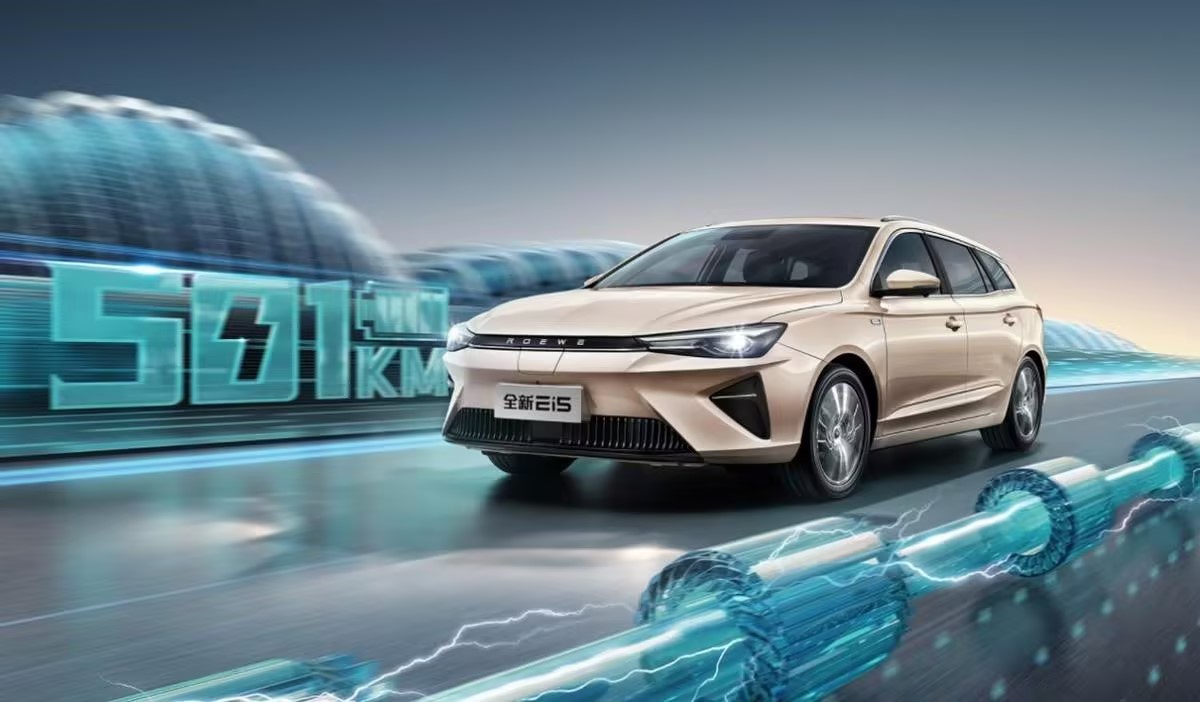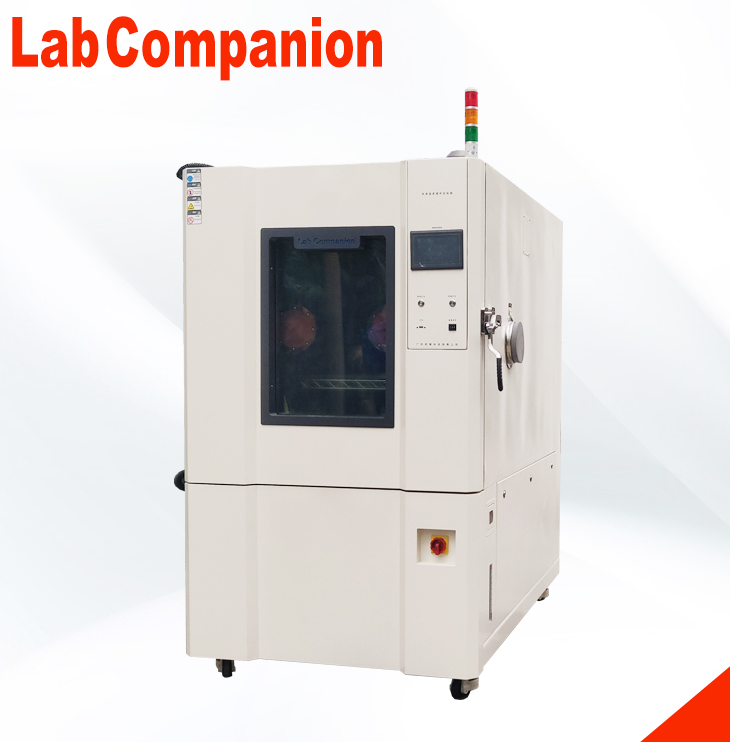In the trend of global warming and gradual consumption of resources, automotive gasoline is sharply reduced, electric vehicles are driven by electric energy, reducing the heat of internal combustion engine, carbon dioxide and exhaust gas emissions, for energy saving and carbon reduction and improve the greenhouse effect plays a huge role, electric vehicles are the future trend of road transportation; In recent years, the world's advanced countries actively develop electric vehicles, for this complex products with thousands of components, its reliability is particularly important, electronic system of electric vehicles facing a variety of harsh environments [battery cell, battery system, battery module, electric vehicle motor, electric vehicle controller, battery module and charger...], Lab Companion sort out electric vehicle related parts reliability test solutions and hope can provide customers with reference.

Different environmental conditions will have different effects on parts and cause them to fail, so the parts of the car need to be tested according to the relevant specifications to meet international requirements and foreign market, the following is the correlation between different environmental conditions and product failure:
A. High temperature will make the product aging, gasification, cracking, softening, melting, expansion and evaporation, resulting in poor insulation, mechanical failure, mechanical stress increase; Low temperature will make the product embrittlement, icing, shrinkage and solidification, mechanical strength reduction, resulting in poor insulation, cracking mechanical failure, sealing failure;
B. High relative humidity will make the product poor insulation, cracking mechanical failure, sealing failure and resulting in poor insulation; Low relative humidity will dehydrate, embrittlement, reduce mechanical strength and lead to cracking and mechanical failure;
C. Low air pressure will cause product expansion, electrical insulation deterioration of the air to produce corona and ozone, low cooling effect and lead to mechanical failure, sealing failure, overheating;
D. Corrosive air will cause product corrosion, electrolysis, surface degradation, increased conductivity, increased contact resistance, resulting in increased wear electrical failure, mechanical failure;
E. Rapid temperature changes will cause local overheating of the product, resulting in cracking deformation and mechanical failure;
F. Accelerated vibration damage or impact will cause the mechanical stress fatigue resonance of the product and lead to the increase of structural damage
Therefore, products need to pass the following climatic tests to test the reliability of components: Dust (dust) test, high temperature test, temperature and humidity storage test, salt/dry/warm recovery test, temperature and humidity cycle test, immersion/seepage test, salt spray test, low temperature test, thermal shock test, hot air aging test, weather and light resistance test, gas corrosion test, fire resistance test, mud and water test, dew condensation test, high variable temperature cycle test, Rain (waterproof) test, etc.
The following are the test conditions for automotive electronics:
A. IC and interior lights for locomotives
Recommended model: compound environmental test chamber

B. Instrument panel, motor controller, Bluetooth headset, tire pressure sensor, GPS satellite positioning system, instrument backlight, interior light, exterior light, automotive lithium battery, pressure sensor, motor and controller, automotive DVR, cable, synthetic resin
Recommended model: constant temperature and humidity test chamber

C. 8.4 "LCD screen for cars
Recommended model: thermal stress recombination test chamber
